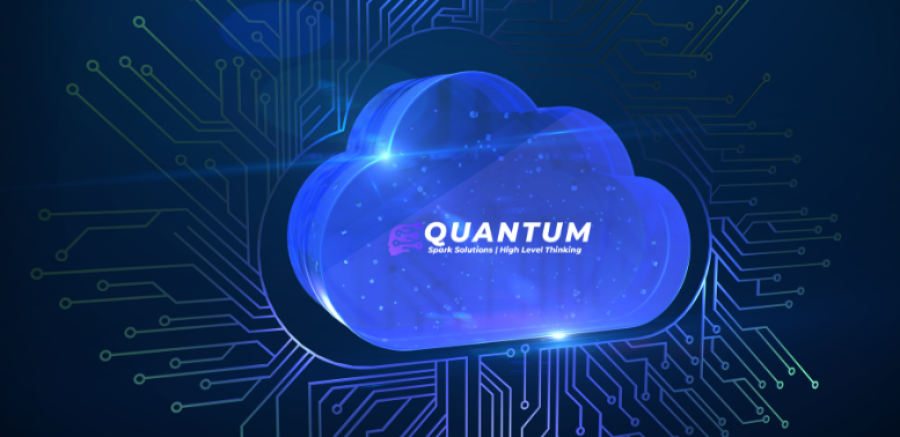Future Trends of Automated Resource Management in the Cloud
Automated Resource Management in the Cloud
Automated Resource Management (ARM) in the cloud refers to the use of software tools and technologies to automatically manage and optimize the allocation and utilization of cloud resources such as computing power, storage, and networking. This automation is crucial for efficient and cost-effective cloud operations, especially in dynamic and large-scale environments.
Benefits:
-
Cost Efficiency: Automation helps in scaling resources up or down based on demand, which ensures that organizations only pay for what they use, thus optimizing costs.
-
Improved Performance: By automatically adjusting resources, ARM ensures that applications have the necessary resources to perform optimally, enhancing user experience.
-
Reduced Human Error: Automation minimizes the need for manual intervention, reducing the likelihood of errors that can lead to downtime or security vulnerabilities.
-
Scalability: ARM systems can quickly adapt to changing workloads, making it easier to handle spikes in demand without manual reconfiguration.
-
Time Savings: Automating routine tasks frees up IT staff to focus on more strategic initiatives, improving overall productivity.
Challenges:
-
Complexity: Implementing ARM can be complex, requiring a deep understanding of both the cloud environment and the specific needs of the organization.
-
Security Risks: Automation scripts and tools need to be secure to prevent unauthorized access or changes to critical resources.
-
Integration: Ensuring that ARM tools integrate seamlessly with existing systems and processes can be challenging.
-
Vendor Lock-in: Relying heavily on a specific cloud provider's ARM tools might limit flexibility and increase dependency on that provider.
Future Trends:
-
AI and Machine Learning: The integration of AI and ML in ARM is expected to enhance predictive analytics, allowing for more proactive resource management.
-
Edge Computing: As edge computing grows, ARM will need to extend beyond centralized cloud data centers to include edge devices and networks.
-
Hybrid and Multi-cloud Environments: ARM will increasingly need to manage resources across multiple cloud providers and on-premises systems, requiring more sophisticated orchestration tools.
-
Sustainability: There will be a greater focus on optimizing resource usage to reduce the environmental impact of cloud operations.
Automated Resource Management in the cloud is a critical component for modern IT operations, enabling organizations to leverage the full potential of cloud computing while maintaining control over costs and performance. As technology advances, the capabilities and importance of ARM are likely to grow, driving innovation and efficiency in cloud services.








Comments (0)